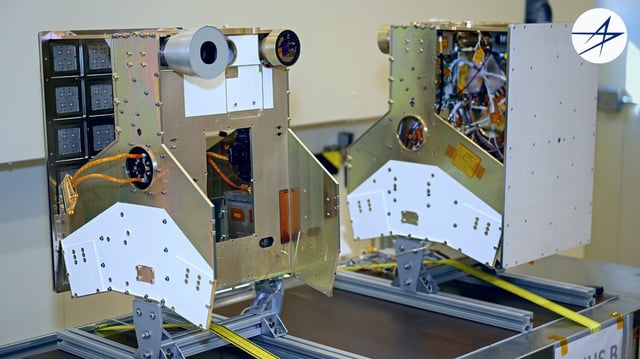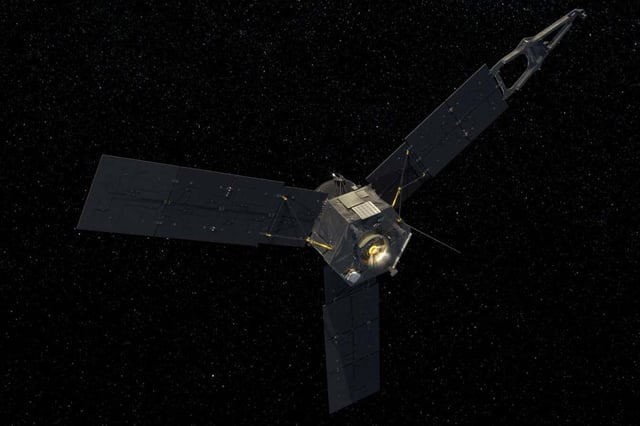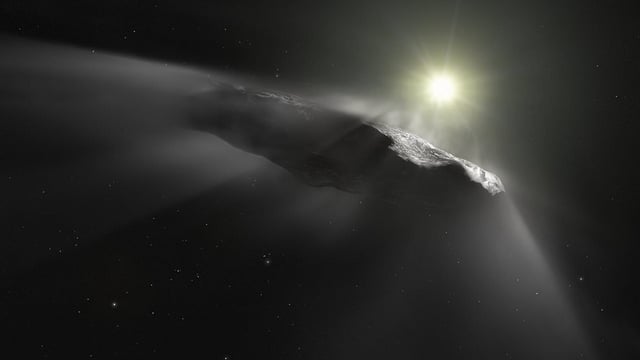Overview
- TESS data collected between May and June have extended the observation baseline of 3I/ATLAS, yielding a sharper ephemeris and a detectable brightening trend as it approaches the inner solar system.
- NASA has confirmed that 3I/ATLAS is a natural comet with an icy nucleus and developing coma, and official analyses show it poses no threat to Earth.
- A draft mission proposal calls for a precise Juno engine burn on September 9, 2025, to enable a gravity-assist maneuver and intercept the comet two days before its March 16, 2026 flyby of Jupiter.
- ESA engineers are examining whether the Jupiter Icy Moons Explorer could adjust its trajectory for a closer look, though mission planners cite tight fuel margins and complex orbital dynamics as hurdles.
- Researchers at Michigan State University suggest that Mars orbiters nearing end of life may have sufficient propellant for opportunistic flybys as 3I/ATLAS sweeps past Mars, but operational feasibility remains under study.



